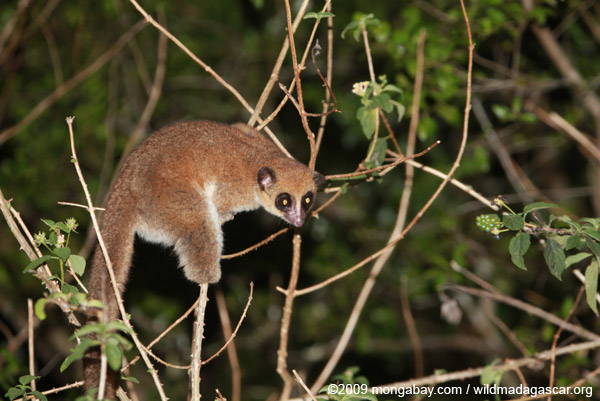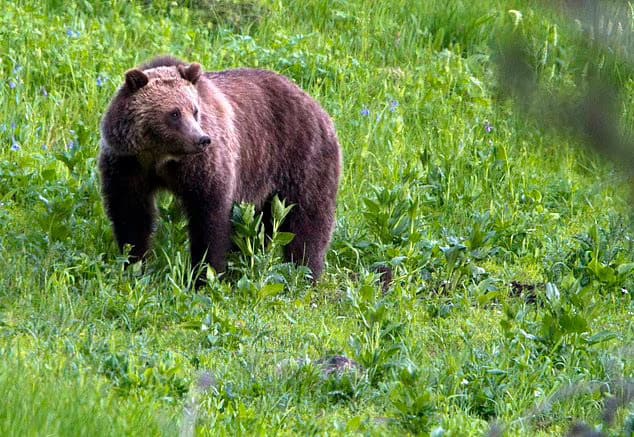Bears do it, bats do it, and now we know lemurs do it too: hibernate, that is. Since 2005, scientists have known that the western fat-tailed dwarf lemur hibernates, but a new study in Scientific Reports finds that hibernation is more widespread among lemurs than expected. At least two additional lemur species—Crossley’s dwarf lemur and Sibree’s dwarf lemur—have been discovered hibernating. So far lemurs, which are only found on the island of Madagascar, are the only primates known to undergo hibernation, raising curious questions about the relationship between lemur hibernation and more well-known deep sleepers.
“To the casual observer, it looks for all the world as if the animals are dead. Their bodies are cold, they are utterly still and they take a breath only once every several minutes or so,” says co-author Anne Yoder, director of the Duke Lemur Center, of the Crossley’s and Sibree’s dwarf lemurs.
The discovery that fat-tailed dwarf lemurs (Cheirogaleus medius) hibernate was surprising for various reasons. Not only was it the only primate at the time known to hibernate, but it was the only tropical mammal. Like mammals to the north, fat-tailed dwarf lemurs seemingly hibernate to avoid resource-scarce periods, though in this case it’s not due to winter. Instead the lemurs hibernate for up to seven months during the hot and dry season when food and water are nearly impossible to find. Interestingly, their body temperatures fluctuate widely while they hibernate, depending on the insulation in their tree holes.
But Crossley’s dwarf lemur (Cheirogaleus crossleyi) and Sibree’s dwarf lemur (Cheirogaleus sibreei) hibernate more traditionally, i.e. due to the cold. Living in high-altitude forests, where temperatures occasionally dip below freeing, these two lemur species burrow into the rainforest floor. Like most other hibernators, their body temperatures drop and stabilize while their heart rate slows. Using radio collars that measure temperatures, the scientists were able to track the dwarf lemur hibernation patterns.
“Maybe these lemurs, though they live in the tropics, look more like temperate hibernators than we thought,” says lead author Marina Blanco a postdoctoral researcher also at the Duke Lemur Center. Hibernation still remains a baffling topic among scientists with many mysteries.
“Exactly what triggers hibernation is still an open question,” adds Blanco.
Scientists have also found that various species of mouse lemurs go into a hibernating-like state known as a torpor.
There are over a hundred species of lemur, most of which were discovered since the 1990s. Scientists are only beginning to uncover the many secrets of these distinct primates.

CITATION: “Underground Hibernation in a Primate,” Marina Blanco, Kathrin Dausmann, Jean Ranaivoarisoa and Anne D. Yoder. Scientific Reports, May 2, 2013. http://dx.doi.org/10.1038/srep01768.
This article was written for Mongabay.com and re-posted on Focusing on Wildlife.







Leave a Reply